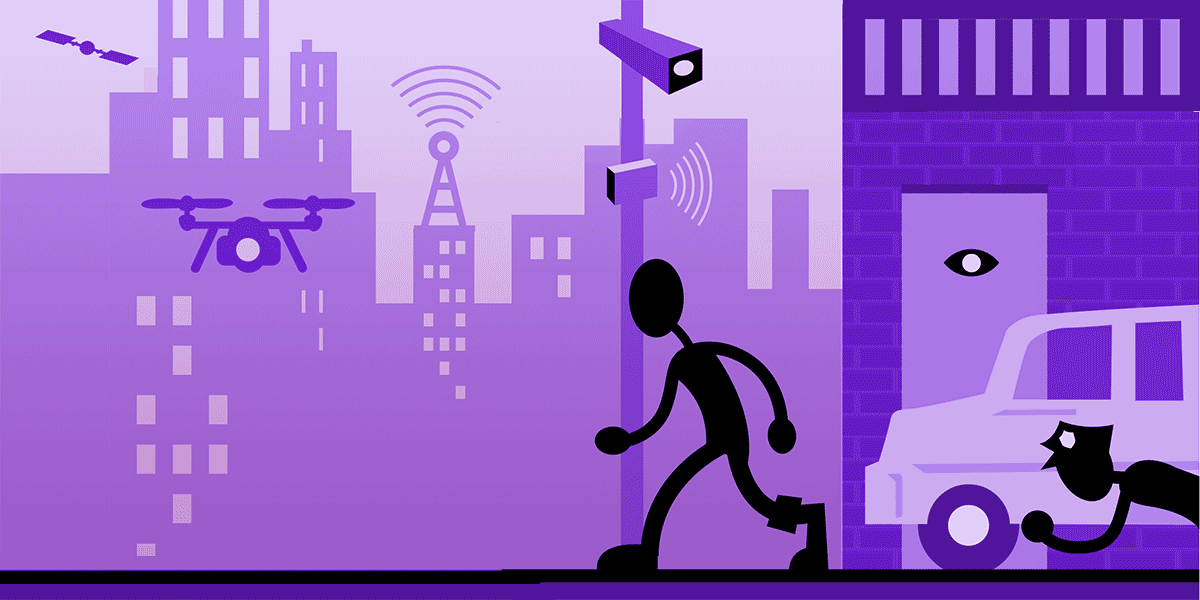So, while we marvel at the prospect of autonomous vehicles chauffeuring us around and inadvertently chronicling our every move, let’s not forget the backstage players in this drama: the enigmatic data collectors, the potential traffic ticket-issuing AI, and the shadowy figures behind the tinted windows. As our self-driving pals steer us into the brave new world of convenience and surveillance, one thing’s for certain: George Orwell would’ve been utterly baffled by the irony of a world where our cars navigate better than we do, while simultaneously plotting the most efficient escape routes from incessant data inquiries. Welcome to the not-so-distant future—where the roads are self-driving, and so are the questions about our newfound automotive companions.
In a remarkably short span, self-driving cars have shifted from the realm of science fiction to everyday reality in San Francisco and various parts of the United States. As this innovative technology becomes a fixture of modern life, it brings along unforeseen consequences, with the collection of extensive data emerging as a prominent concern. The proliferation of data amassed by fleets of autonomous vehicles traversing public roads raises unsettling prospects—namely, the potential surveillance, aggregation, and retention of individuals’ movements by corporations, law enforcement agencies, and even malicious entities. This mounting reservoir of information poses a direct threat to civil liberties and personal privacy, impacting pedestrians, commuters, and all who depend on public thoroughfares within urban landscapes.
Unveiling the Surveillance Quandary
The amalgamation of people’s activities—ranging from daily commutes to social visits and medical appointments—could be surreptitiously compiled over time by autonomous vehicles, functioning as inadvertent surveillance instruments. What pedestrians might not anticipate is the prospect of these driverless cars being deputized by law enforcement to amass and share such comprehensive data.
Powered by an array of cameras and sensors, autonomous vehicles employ sophisticated technology to perceive fellow vehicles, traffic signals, obstacles, and pedestrians. Yet, a veil of secrecy shrouds the storage, security, and accessibility aspects concerning the captured footage. Essential details remain elusive: the extent of pedestrian footage granularity, potential employment of image recognition algorithms, audio data capture capabilities, storage duration, authorized access parties, privacy safeguards, and adherence to regional data protection regulations such as the California Consumer Privacy Act.
The Nexus Between Autonomy and Law Enforcement
Scrutinizing the relationship between self-driving vehicles and law enforcement agencies reveals an intricate landscape. Bloomberg’s investigation unearthed a disconcerting revelation—several warrants issued to a self-driving car company in San Francisco and Maricopa County, Arizona. A training document disclosed to Vice in 2022 disclosed the San Francisco Police Department’s perspective: autonomous vehicles, perpetually recording their surroundings, could potentially serve as aids in investigations. This very sentiment underscores the delicate interplay between data-gathering autonomous entities and the exigencies of law enforcement.
Upholding Privacy in an Automated Era
In the face of an impending surge of self-driving vehicles traversing city streets and amassing voluminous data, safeguarding personal privacy necessitates robust legislative measures. Striking a harmonious balance entails addressing not only the intricate web of data handled by these vehicles but also delineating the extent of police access to this reservoir. Key questions loom large: How much surveillance footage are law enforcement entities entitled to request? Will autonomous vehicle operators challenge overreaching demands? Moreover, the imperative is to unravel the modalities surrounding police access—whether it constitutes a historical retrospective or real-time monitoring via the vehicles’ camera array.
Future Horizons: A Symbiotic Solution
The forthcoming years will usher cities and regulatory bodies into a complex realm of decision-making, underscored by the question of how self-driving vehicles should navigate cityscapes safely and ethically. Beyond the paramount concerns of pedestrian safety and driver well-being, regulators must grapple with the constitutional ramifications stemming from the colossal data and imagery amassed by these autonomous marvels.
In this dawning era, fostering the coexistence of self-driving technology and personal freedoms hinges on judicious navigation. Striving for harmony necessitates a concerted effort to establish comprehensive privacy frameworks, delineate permissible police access, and demystify the intricate mechanics governing these vehicular sentinels’ surveillance capabilities. It is through these concerted endeavors that society can unlock the transformative potential of self-driving cars while ensuring the enduring sanctity of personal liberties in an increasingly automated landscape.
Free Speech and Alternative Media are under attack by the Deep State. Real News Cast needs reader support to survive. Please Contribute via GoGetFunding



